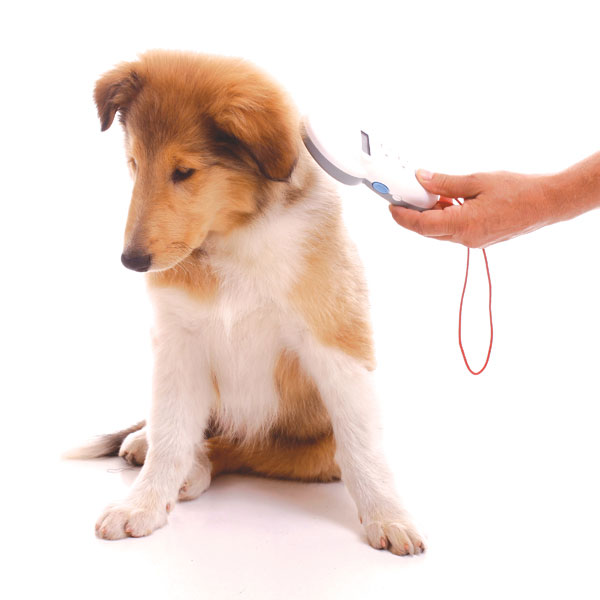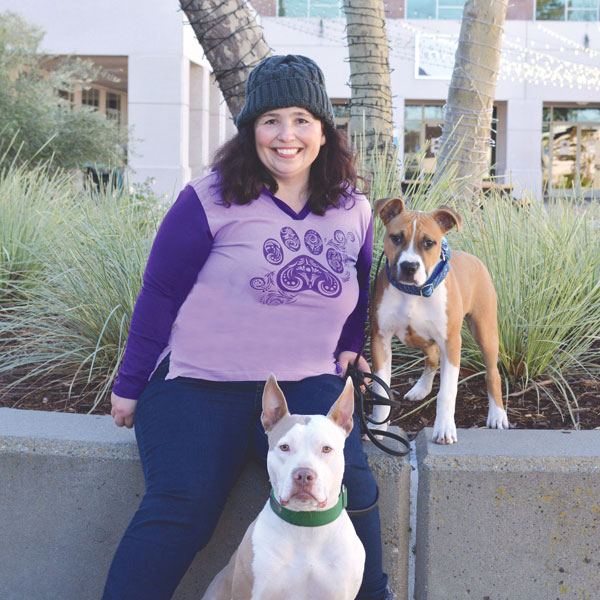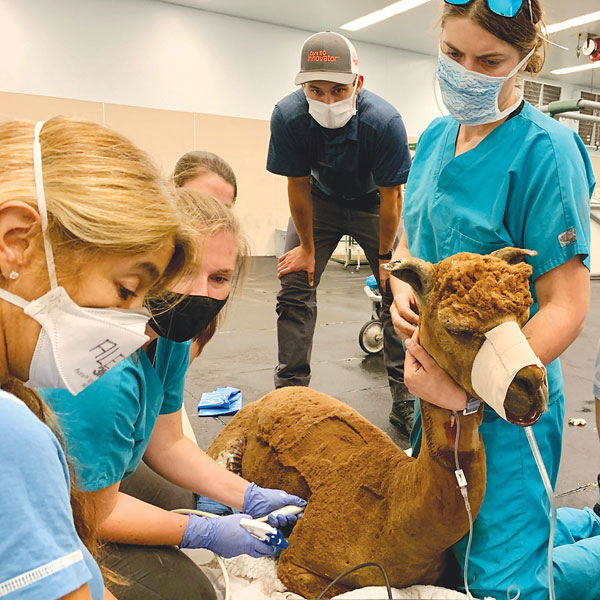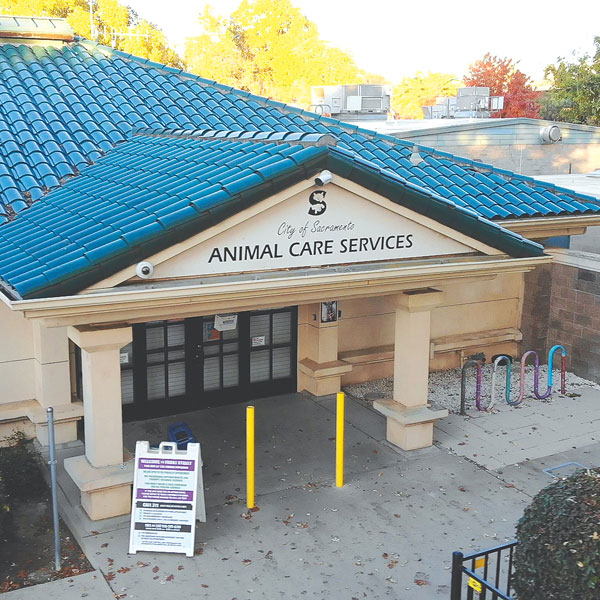


Return To Sender
I was pulling out of a parking lot when I spotted her—a reddish ball of fluffy fur sprinting southbound on Fulton Avenue. Dodging car after car, she crossed the freeway overpass and then Auburn Boulevard.
I followed the wayward pooch to Edison Avenue, where she took a hard left. Twice when she stopped, I jumped out of my car and called to the misplaced mutt—only to have her ignore my pleas and keep moving.

Blacklisted
You’ve heard the myths. Pit bulls have locking jaws. They are unpredictable, stronger and more aggressive than other dogs.
Here to debunk these misconceptions is Dawn Capp, director and founder of Chako Pit Bull Rescue in Sacramento.
“These are all myths,” she says. “No dog breed has locking jaws. Their jaw strength is not any more powerful than other breeds their size,” adds Capp, citing a National Geographic study that measured the strength of dog bites in pit bulls, German shepherds and rottweilers. Pit bulls came in last.

Search & Rescue
Thousands of wildfires raged across California last year, burning millions of acres, destroying buildings and taking lives—the majority being wild and farm animals with no means of escape.
In mid-August, the UC Davis School of Veterinary Medicine deployed its Veterinary Emergency Response Team to the LNU Lightning Complex fire in Solano and Sonoma counties, and the North Complex and Bear fires in Butte County.
The team’s mission was to care for injured animals in evacuation centers and animal shelters—and to rescue those still trapped on scorched ranches, farms and in backyards.

Advice Well Taken
Sacramento has numerous boards, commissions and committees to help the mayor and City Council run the city smoothly. One of those entities is an advisory committee for the Front Street Animal Shelter.
Unfortunately, the Animal Care Services Citizens Advisory Committee, formed in 2002, has not met since 2018, mostly for lack of a quorum. The committee currently has one member and six vacancies—which is why the city is looking for a few good animal lovers to bring this board back to life.

Seasonal Safety
The 4-month-old kitten was neutered, vaccinated, microchipped and ready to take on the world—including the festive new “cat tree” with the shiny round “toys” dangling within paws’ reach. One exuberant leap into the decorated fir branches and the whole Christmas tree came crashing down.
Though the holidays look a little different this year as people scale down the family get-togethers and forgo neighborhood parties, it doesn’t mean we won’t be adorning a tree, hanging a wreath or indulging in spiked eggnog. Including our companion animals in the festivities is part of the fun—just remember to do it safely.





